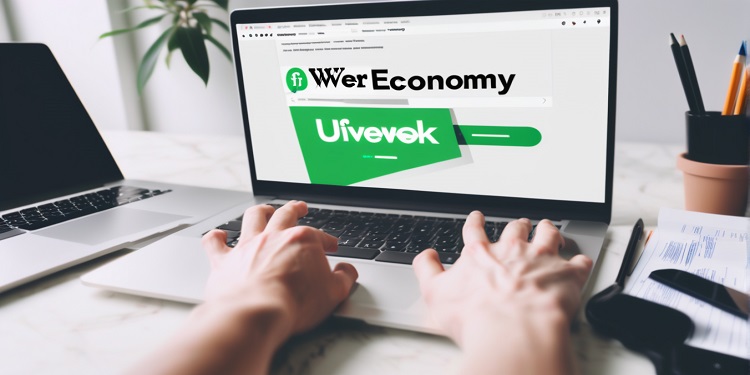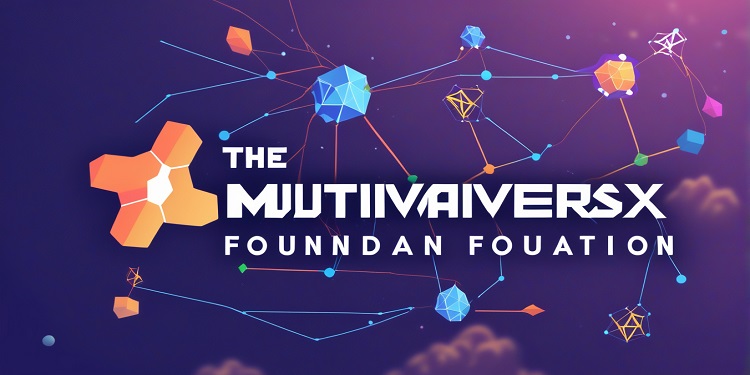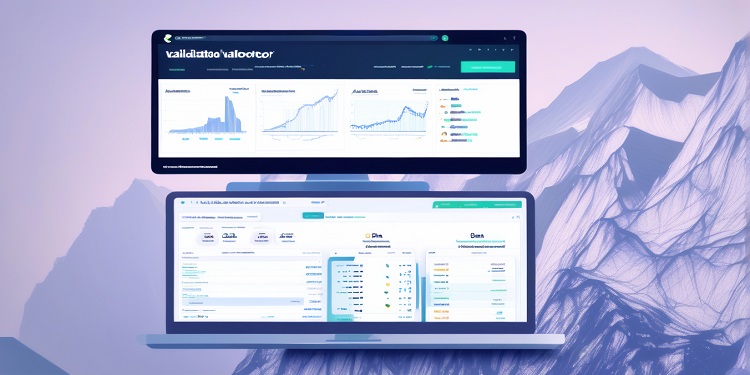Euroclear, a central securities depository (CSD), recently participated in a pilot project that successfully tokenized gilts, eurobonds, and gold using distributed ledger technology (DLT). This initiative marks a significant advancement in the tokenization of real-world assets, with contributions from a range of industry participants, including the World Gold Council and blockchain solutions provider Digital Asset. The experiment aimed to demonstrate the potential of DLT in transforming how financial assets are managed and utilized as collateral in a more efficient and transparent manner.
Leveraging DLT for Asset Tokenization
The pilot, conducted over June and July, involved 27 participants from across the financial sector, including investors, banks, custodians, and central counterparties. The project utilized 14 Canton nodes from the Canton Network, which is recognized as the financial industry’s first and only public chain. The completion of 500 transactions during this pilot phase was a clear indication of the successful implementation of DLT in creating a digital representation of previously static real-world assets like gilts, eurobonds, and gold.
By using DLT as the legal record, the technology validated the secured party’s control over assets received as collateral in the event of a counterparty default. This was a key feature of the pilot, demonstrating how DLT could be used to provide legal certainty while allowing the tokenized assets to serve as collateral in real-time, atomic transactions.
Euroclear’s Head of Product Management, Olivier Grimonpont, emphasized the value of industry collaboration in testing the advantages of DLT. He indicated that DLT would play a crucial role in enhancing collateral mobilization for their clients, enabling faster and more efficient transactions through digital technology. Grimonpont’s comments highlighted Euroclear’s strategic focus on leveraging digital innovations to provide better services in the increasingly competitive financial markets.
Expanding the Use of Tokenized Assets
The pilot also highlighted how tokenized assets could be deployed immediately to meet intraday margin calls, bypassing traditional settlement cycles, time zones, and processing times. This ability to expedite collateral management processes is a major step forward for financial institutions, allowing them to respond more dynamically to market demands and reduce the operational complexities associated with real-world asset management.
Digital Asset’s Chief Business Development Officer, Kelly Mathieson, underlined that the pilot represents another significant milestone in the growing adoption of tokenized assets in collateral management. The DLT-powered model aims to create a more flexible and mobile operating framework across different parties, making it easier to manage assets and collateral in real-time. The success of this initiative is seen as a crucial development in expanding the role of tokenized assets in global financial systems.
Gold Tokenization Breakthrough
Another key takeaway from the pilot was the successful digitization of gold, which demonstrated the potential to overcome the perceived limitations of moving and storing physical gold. The World Gold Council’s Global Head of Market Structure and Innovation, Mike Oswin, indicated that tokenizing gold provides new opportunities for financial markets, particularly by reducing logistical challenges associated with the precious metal. This development opens up possibilities for gold to be used more effectively as collateral in digital markets, further broadening its role as a valuable asset in financial systems.
Legal Considerations for Tokenized Assets
The pilot also explored the legal implications of utilizing a digital twin of real-world assets in financial transactions. Paul Landless, Co-Head of Fintech at law firm Clifford Chance, outlined how a digital twin is not necessarily considered a separate asset in certain approaches and platforms. This means that its impact on master agreements, trading relationships, and valuation processes can be minimized, provided the digital twin is properly reflected in existing documentation. He pointed out that by treating the digital twin as an operational tool for record-keeping rather than an independent asset, some legal and regulatory hurdles could be avoided without necessitating a wholesale revision of existing contracts.
Overall, this pilot demonstrates the transformative potential of distributed ledger technology in modernizing the management of financial assets. Euroclear and its partners showcased how DLT can facilitate real-time, secure transactions for a range of tokenized assets, paving the way for more efficient and flexible collateral management in the future. The successful deployment of tokenized gilts, eurobonds, and gold is expected to spark further developments in the tokenization of financial markets, with a focus on integrating DLT into everyday financial operations.









